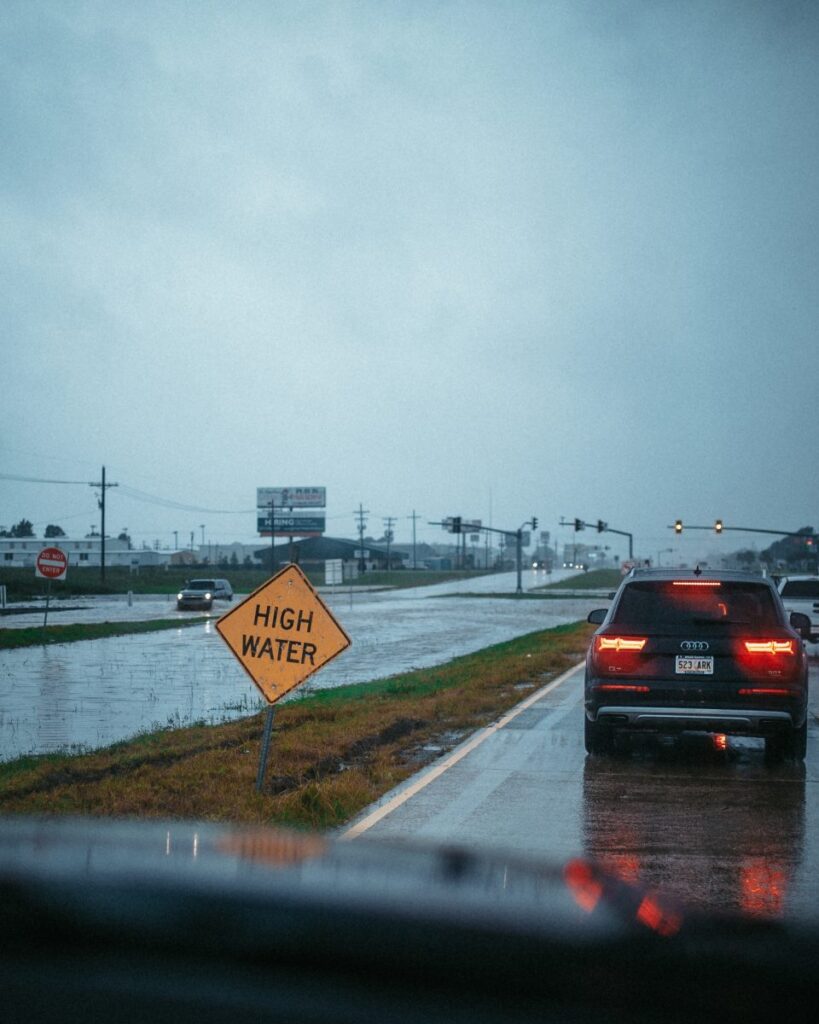Team Rubicon’s National Operations Center (NOC) is dialed in around the clock, and Greyshirts are standing by for the order to move in and serve those affected by Hurricane Barry. After making landfall as a Category 1 Hurricane the storm is now moving slowly inland, dumping precarious amounts of rain across the region and accompanied by powerful, sustained winds of up to 45 mph.

Five recon teams deployed to the affected areas to determine how TR can best serve communities affected by Barry.
On 13 July, TR deployed five recon teams who arrived in the affected area less than 12 hours after the storm made landfall. Their immediate area of operations includes: St. Mary, Assumption, Lafayette, St. Martin, Iberia, Lafourche, Terrebonne, East Baton Rouge, West Baton Rouge and Livingston Parishes in Louisiana, as well as Harrison County, Miss. The recon teams’ main objective is to establish communications with local emergency managers, work to identify specific needs where TR can provide assistance and integrate into the greater response framework.
As the storm continues its trek inland, residents in its path will continue to face threats of flooding, tornadoes and straight-line winds. Currently, 115,000 people in Louisiana are without power, and shelters are taking in evacuees.

As Barry moves inland it’s projected to continue to cause flooding throughout the region.
Unfortunately, many along the Gulf Coast have dealt with devastating weather events before. But, TR’s volunteer disaster responders have too. We’ve seen firsthand what these storms and rushing waters can do to a home. That’s why we are pre-positioning assets as close to the disaster area as possible while keeping team safety at the forefront. Once our recon teams have determined how we can be most effective for families directly affected, we’ll deploy waves of our service-hungry volunteer base of military veterans, first responders and hard-charging civilians in to help muck out homes and clear debris.
Even after Barry’s initial threat passes and floodwaters recede from the current affected areas, the floodwaters will continue to cause problems throughout the area, potentially flooding areas well outside Barry’s path. This long-tail impact is similar to Winter Storm Ulmer’s impact on the Midwest earlier this spring: Floodwaters slowly moved their way down the Midwest and flooded areas previously spared from Ulmer’s impact. With Barry, as with Ulmer, TR is monitoring any longer onset impacts of the flooding.

Teams at our National Operations Center continue to monitor the impacts and hazards caused by Hurricane Barry.
We’ll bring you further updates as they happen while we forge ahead to ready resources and mobilize teams from the NOC.



